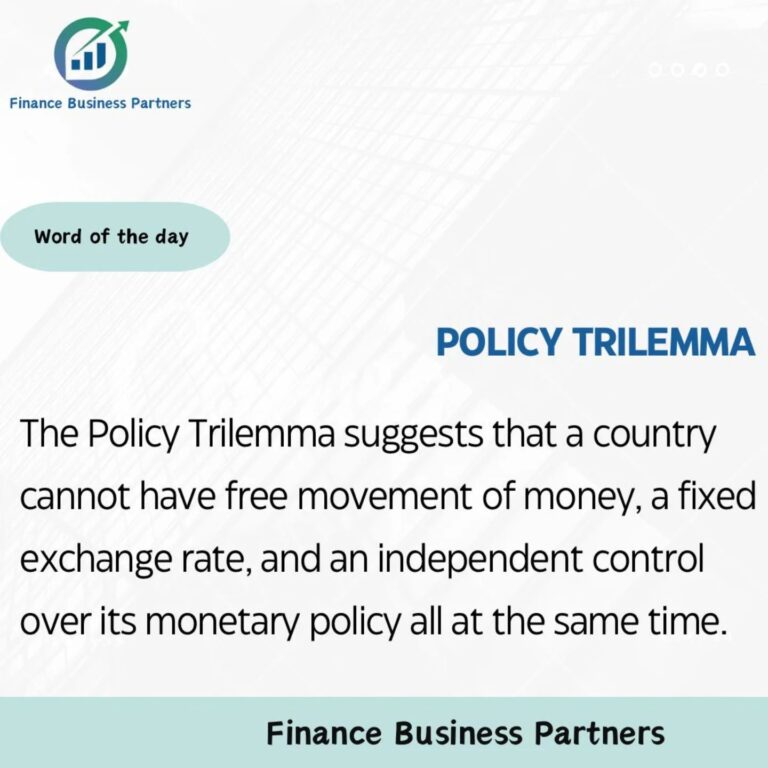The 2007–08 financial crisis was a global disaster, surpassing even the Great Depression. Around October 2008, almost $10 trillion vanished from global equity markets. Traditional economic theories couldn’t predict or explain such a huge crisis. That’s where behavioral finance, offering a different viewpoint, became important.
Behavioral finance links psychology with economic decision-making. It suggests that economic decisions shouldn’t only rely on strict logic; they should also consider irrational behavior and try to understand why people make certain choices.
For a clearer picture, consider this story: Two friends, Alex and Taylor, decide to invest in the stock market. Alex is risk-averse, while Taylor is more adventurous. They both buy shares expecting positive returns, but after a week, the stock dips slightly. Alex, fearing losses, panics and sells. Taylor, overconfident, holds on, and eventually, the stock recovers, validating Taylor’s decision.
From this story, it’s clear that individual personalities and emotions significantly impact their financial choices and this is what behavioral finance is about.
Behavior finance deals with the fact that investor psychology may not always align with ‘rational behavior’ from traditional economic theories.
When people invest, they’re often guided by ambition or fear. Ambitious investors take big risks to make lots of money, while fearful ones sell when prices drop, making things worse. This irrational behavior from both types of investors became a major factor in the financial crisis.
As finance professionals, understanding behavioral finance is crucial for better risk management. Professionals using behavioral insights are better prepared for changing market dynamics, accurate predictions, and constructing diverse portfolios considering various behaviors. In essence, incorporating behavioral finance into financial practices leads to more robust risk management, improved decision-making, and better outcomes for finance professionals.





